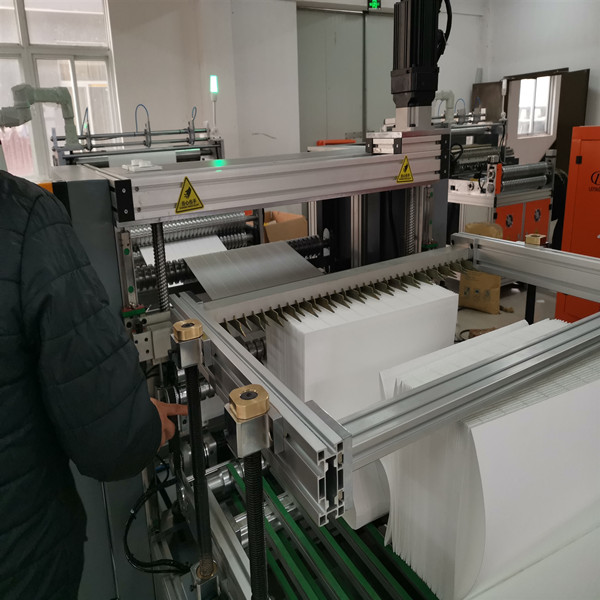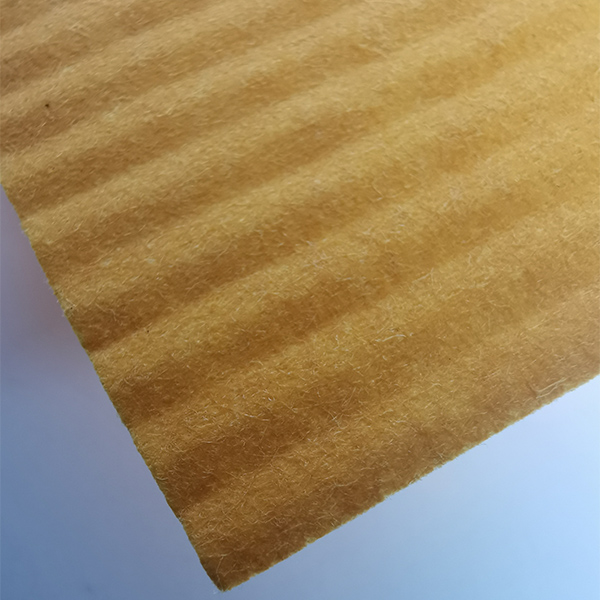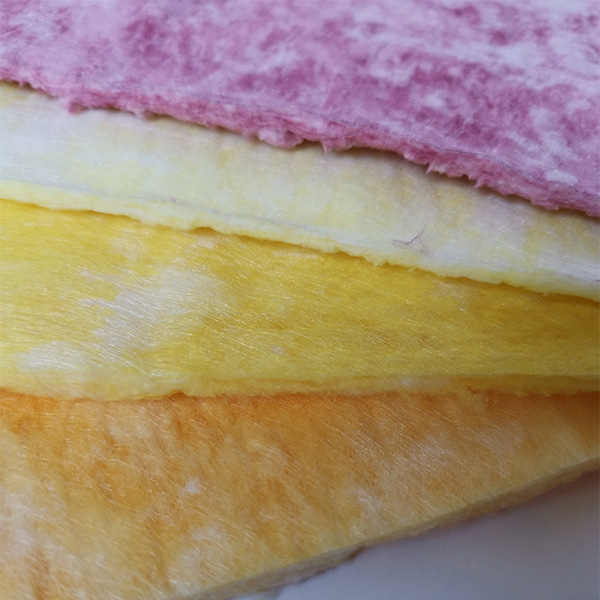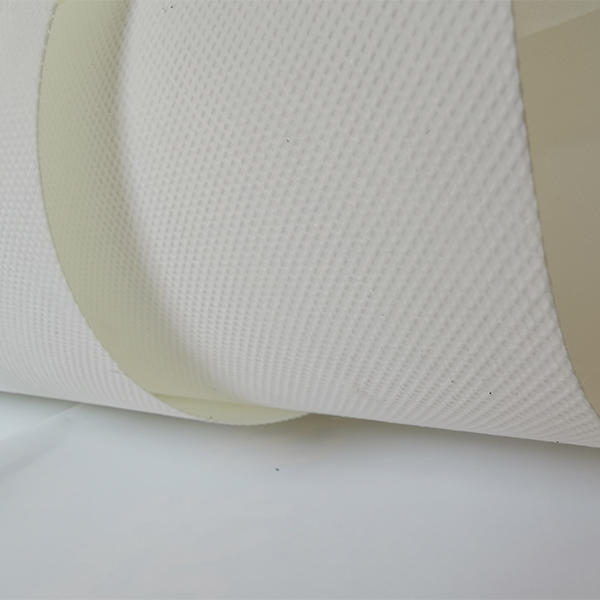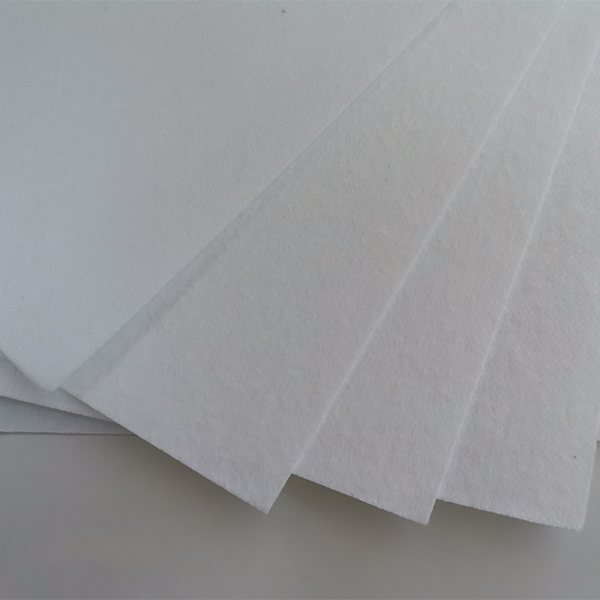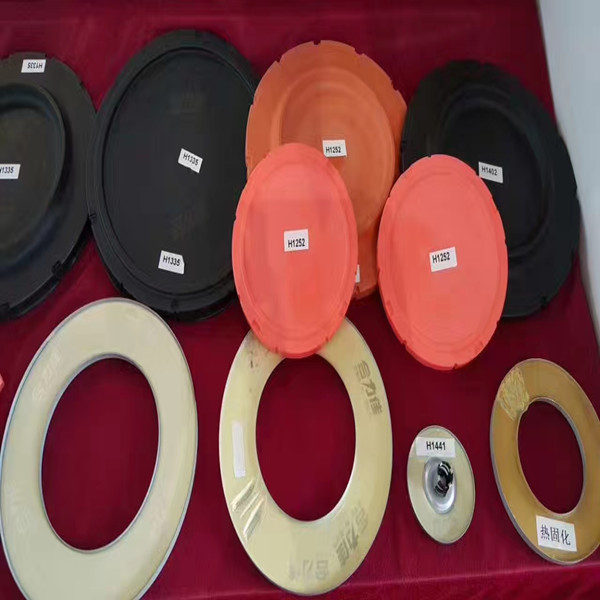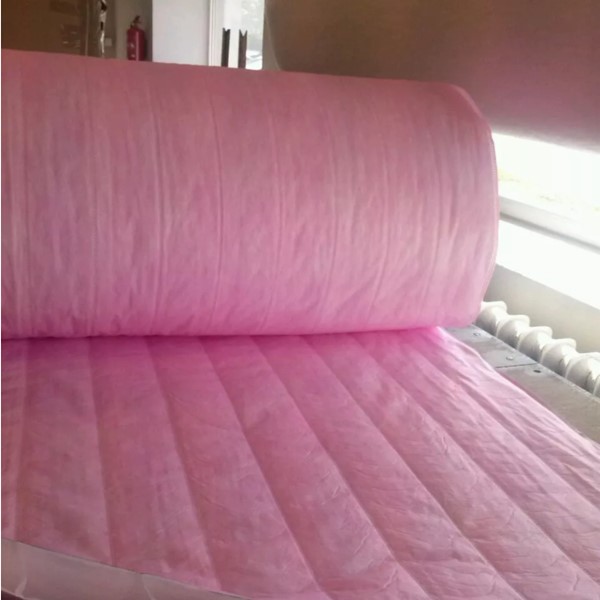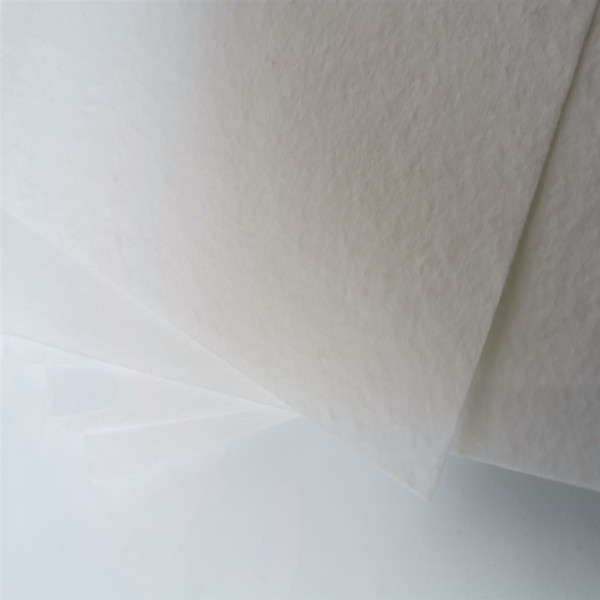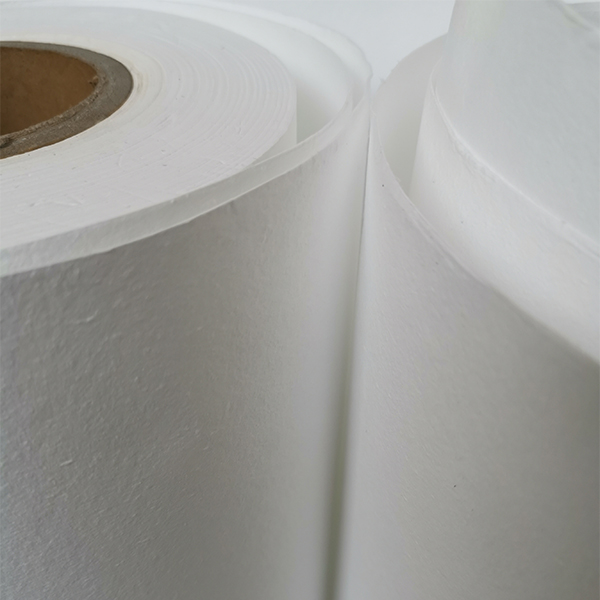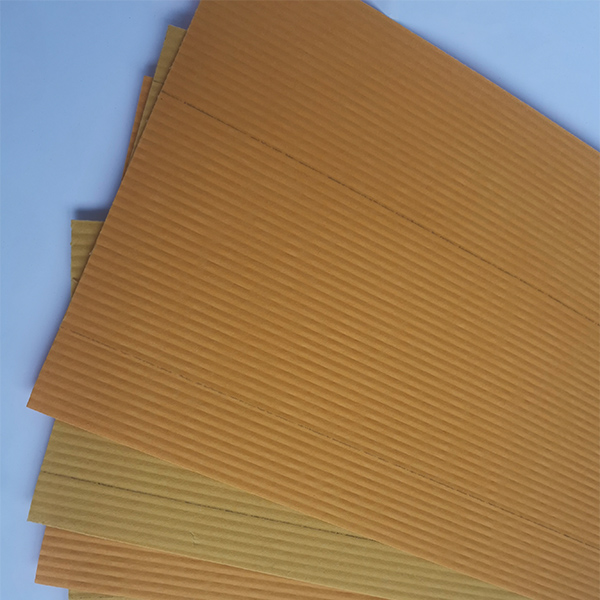[What Are The 5 Types Of Filters] — notes from a factory-floor visit
I spent a week in Shijiazhuang, at No.580 Gongnong Road, watching toolmakers blue-check cavities and debate steel grades over tea. To be honest, you understand filtration differently when you see the moulds that shape it. So, yes, What Are The 5 Types Of Filters? Here’s the short answer with a bit of insider color.
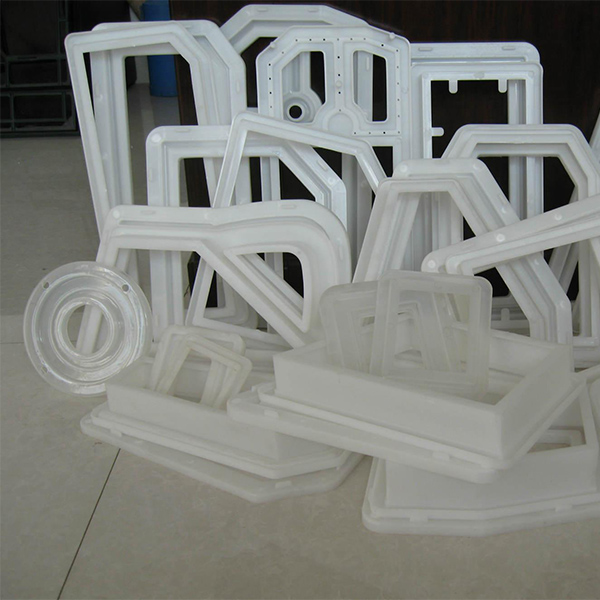
The five mainstream filter types (and where they live)
- Air/HVAC intake filters (panel, pleated): Offices, factories, data centers. Rated by MERV in ASHRAE 52.2; globally by ISO 16890. Real-world pressure drop ≈ 70–200 Pa depending on dust load.
- HEPA/ULPA: Cleanrooms, hospital isolation wards, some EV battery lines. Certified per EN 1822. Efficiency up to 99.995% at MPPS—surprisingly sensitive to frame flatness and seal geometry.
- Water cartridges/RO prefilters: Municipal and point-of-use. Look for NSF/ANSI 42/53 marks. Life ranges around 3–6 months depending on turbidity.
- Oil/lube filters: Engine and industrial lubrication. Tested under ISO 4548 series; beta ratios tell you real capture performance.
- Hydraulic filters: Excavators, presses, wind turbines. Cleanliness per ISO 4406; particle sizing via ISO 11171. Service life swings a lot with shock loads.
Here’s the kicker: those five are only as good as their geometry, and geometry is only as good as the mould. That’s where Filter Moulds from Anya come in—fast cycle times, tidy demoulding, and the kind of “fit-first-time” most maintenance teams quietly crave.
Why moulds matter (and how they’re built)
Anya’s Filter Moulds use P20 for quick-turn frames, H13 for heat and abrasive glass fiber media, and S136 for corrosive water-contact parts; aluminum when chasing speed. Methods include high-speed CNC, EDM on tight corners, and mold-flow-guided gate placement. Typical service life? Around 500k–1.2M shots (real-world use may vary). Every T0/T1 sample sees CMM checks and pressure-drop fixtures.
Product specifications (typical)
| Material Options | P20, H13, S136 tool steel; aluminum (prototype) |
| Mould Types | Injection, compression, blow moulds |
| Precision | ≈ ±0.01–0.02 mm on criticals; Ra ≤ 0.4 μm polish |
| Shot Life | 500,000–1,200,000 shots (media and resin dependent) |
| Support | 3D design, mold flow analysis, sampling, easy maintenance |
Process flow (abridged)
- DFM + mold-flow on air/water/oil part geometry and seals.
- Steel selection (P20/H13/S136) + hardening plan.
- CNC rough/finish, EDM fine features, bench fitting.
- T0 trial, CMM dimensional report, pressure-drop/leak tests.
- T1 optimization, texture/polish, documentation (PPAP on request).
Vendor snapshot
| Vendor | Lead Time | Precision | Certifications | Mould Life | Support |
|---|---|---|---|---|---|
| Anya Filter Moulds | 3–6 weeks | ≈ ±0.01–0.02 mm | ISO 9001; test to ASHRAE/ISO/EN | Up to ≈ 1.2M shots | 3D, flow, sampling, after-sales |
| Typical Low-Cost Shop | 6–10 weeks | ±0.03–0.05 mm | Varies | ≈ 200k–500k shots | Basic |
| Boutique Toolroom | 8–14 weeks | ≈ ±0.01 mm | ISO 9001/IATF (often) | ≈ 1.0M+ shots | Strong, higher cost |
Applications, feedback, and trends
Industries: Automotive, HVAC, cleanroom, water treatment, off-highway. One Tier-2 auto client told me, “Dimensional drift dropped to near-zero after the H13 upgrade.” Another HVAC startup shaved 18% off cycle time with a redesigned gate.
Trends: ISO 16890 adoption, lower ΔP designs, recycled resins for frames, and smarter seals for HEPA. Actually, we’re also seeing quick-change inserts for seasonal SKUs—small thing, big ROI.
If you’re mapping a new line and still wondering about What Are The 5 Types Of Filters, think less in categories and more in standards, seals, and repeatable moulding. That’s where the performance lives.
Citations
- ASHRAE Standard 52.2-2017: Method of Testing General Ventilation Air-Cleaning Devices.
- ISO 16890:2016 Air filters for general ventilation.
- EN 1822:2019 High efficiency air filters (EPA, HEPA, ULPA).
- ISO 4548 (various parts) Methods of test for full-flow lubricating oil filters.
- ISO 11171:2016; ISO 4406:2017 Hydraulic fluid contamination standards.
- NSF/ANSI 42/53 Drinking water treatment units (latest editions).
Post time: Oct-28-2025

